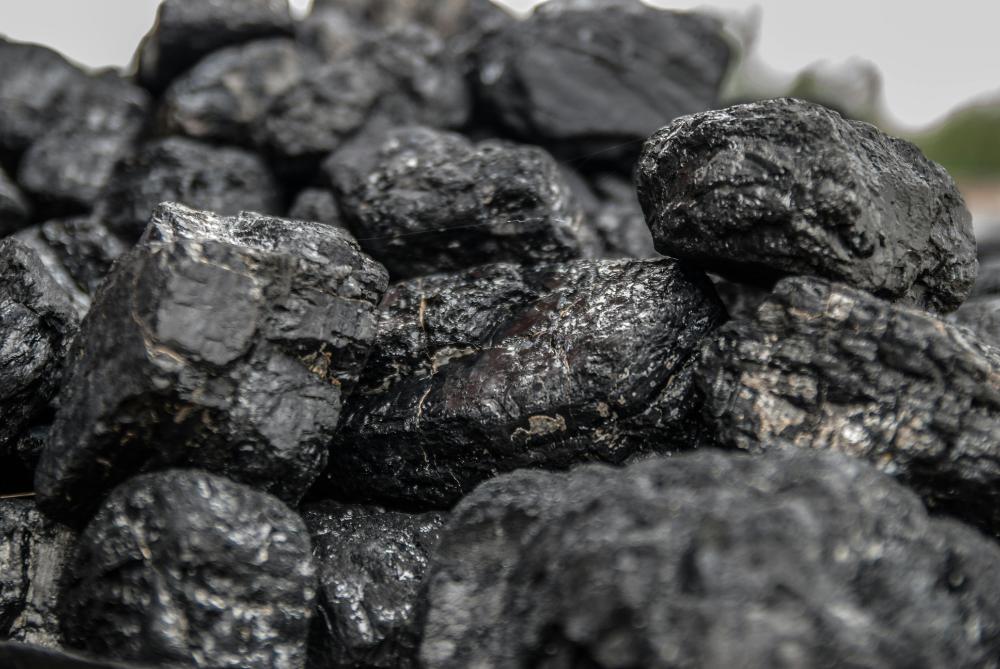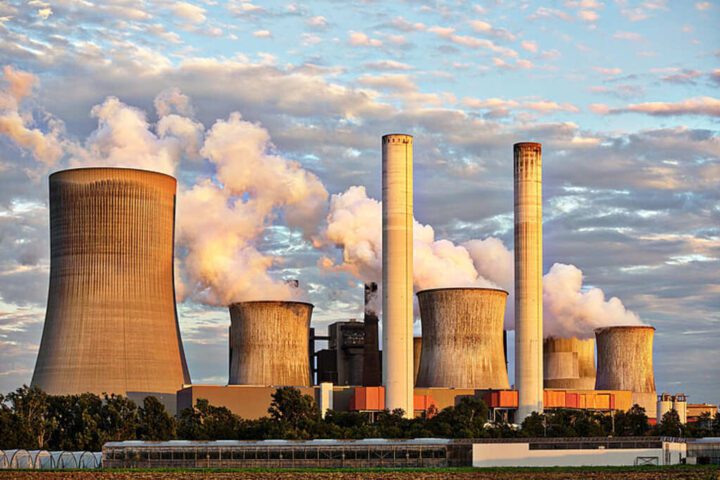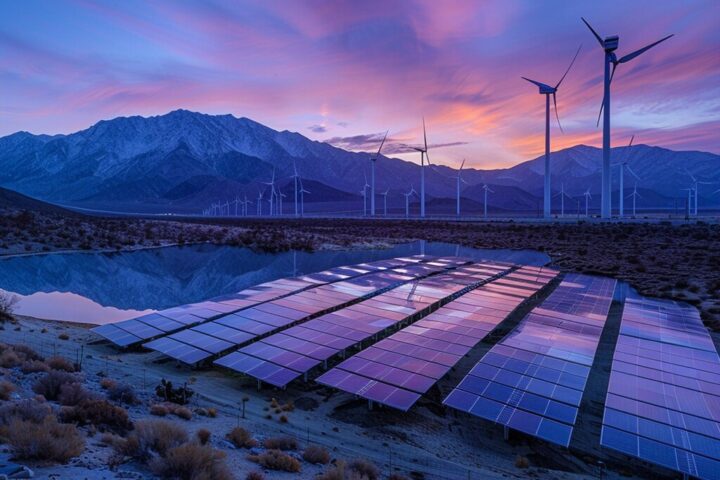Ten environmental and public advocacy groups filed a petition at the DC Circuit Court of Appeals challenging the Department of Energy’s emergency order that keeps a Michigan coal plant operating past its planned shutdown date. The groups argue the order unnecessarily burdens ratepayers and harms public health when no actual power emergency exists.
The J.H. Campbell coal plant, located in Ottawa County along Lake Michigan, was scheduled to close on May 31 after years of planning and regulatory approvals. However, on May 23, the DOE issued an emergency order under Section 202(c) of the Federal Power Act forcing the plant to remain operational.
“People in Michigan and across the Midwest should not be stuck paying the cost of a nonexistent ’emergency’ with their health and their electric bills,” said Derrell Slaughter, Michigan policy director at NRDC. “The Campbell coal plant is out of date, costs more to operate than other electricity generation options, and is one of the worst polluters in the state.”
The petition argues the DOE’s order represents a significant overreach of federal authority into state energy planning. Consumers Energy, the plant’s operator, had already received state approval to retire the aging facility after determining it was no longer economically viable. The Michigan Public Service Commission had approved the closure after confirming it would not affect grid reliability.
According to Greg Wannier, Senior Attorney at Sierra Club, “We are more than halfway through the so-called ‘energy emergency’ the administration invented to justify its unlawful order, and as expected the grid has not needed Campbell around to provide reliable power, even during last month’s extreme heat.”
The Economics of Keeping Coal Online
The financial impact of the DOE’s order falls heavily on ratepayers. According to the Michigan Public Service Commission Chair, extending the plant’s operation for just 90 days could cost nearly $100 million. These costs stem from Consumers Energy having already wound down investments in the plant over the past four years in preparation for its retirement.
The utility had included the plant closure in its integrated resource plan (IRP), which was approved by state regulators after extensive review. According to utility filings, the company planned to defer retention and severance costs for recovery over three years, a process now complicated by the forced extension.
Shannon Fisk, Attorney and Director of State Electric Sector Advocacy at Earthjustice, called the plant “an old jalopy of a power plant” that should be retired based on “the reasoned judgment of the utility, state regulators, the Michigan AG, and a wide array of ratepayer and environmental interests.”
Similar Posts
Grid Reliability Claims Questioned
Central to the DOE’s emergency order was concern about potential electricity shortfalls. However, the Midcontinent Independent System Operator (MISO), which manages the regional power grid, had determined the retirement would not create reliability issues.
MISO’s summer 2025 resource adequacy studies showed no reliability gap would occur if Campbell retired as planned. The grid operator’s planning documents indicate transmission upgrades and demand response programs that support adequate capacity without the coal plant.
Howard Learner, Executive Director of the Environmental Law & Policy Center, stated, “MISO says that the plant is not needed for reliability, and the MPSC confirms that there is no energy emergency. This order is unnecessary and will potentially cost consumers tens of millions of dollars on their utility bills.”
Health and Environmental Concerns
The Campbell plant, with units dating back to 1962, 1967, and 1980, has long been a significant source of pollution in Michigan. According to Clean Air Task Force’s “Toll from Coal” analysis, the plant is responsible for an estimated 44 premature deaths and 455 asthma attacks annually, as cited in recent advocacy press releases.
Environmental data shows the facility releases approximately 100,000 pounds of water pollution into Lake Michigan each year, including 10,000 pounds of toxic metals. When operating, it also emits over 10 billion pounds of climate-harming carbon dioxide and millions of pounds of other hazardous air pollutants annually.
“The intended retirement of the nearly 70-year old Campbell power plant is the product of the thoughtful collaboration and careful planning of Michigan’s government, community groups, utilities, and grid operators, who have already shifted to a diverse set of generating resources that provide greater reliability at less cost and far less pollution,” said Danielle Fidler, Senior Attorney at Clean Air Task Force.
Legal Precedent and Federal Authority
The DOE’s use of Section 202(c) emergency powers for Campbell differs notably from previous applications. Unlike the February 2021 Texas freeze (ERCOT) and a separate short Winter-Storm Elliott order in December 2022—when ice storms created genuine crises—Campbell’s retirement was a planned, vetted process with alternatives already in place.
Ted Kelly, Director and Lead Counsel at Environmental Defense Fund, explained, “Michigan leaders, regional planners and utility executives spent years creating a plan to carefully close the J.H. Campbell coal plant and switch to cleaner, cheaper, reliable energy sources. Then the Trump administration upended those plans, with no discussion or input, by declaring an ‘energy emergency’ where none exists.”

The Michigan Attorney General has also filed a formal protest (EL25-90-000) affirming that Campbell’s retirement was properly vetted for resource adequacy and reliability under state law.
The case now moves to the DC Circuit Court, where judges will review whether the DOE properly exercised its emergency authority under the Federal Power Act or overstepped federal boundaries in Michigan’s energy planning.


















